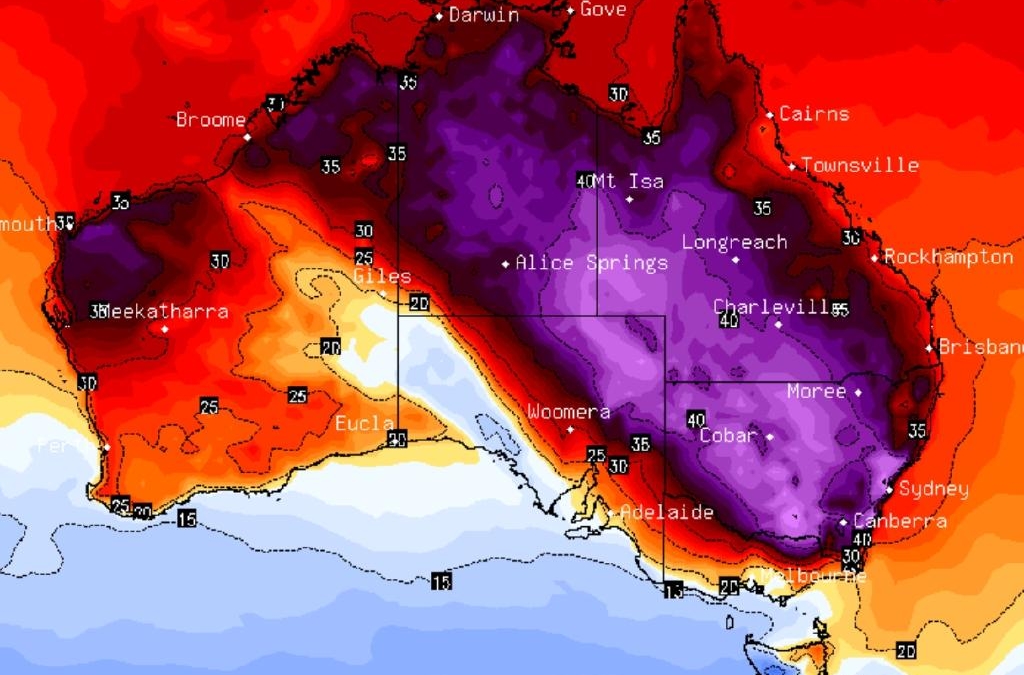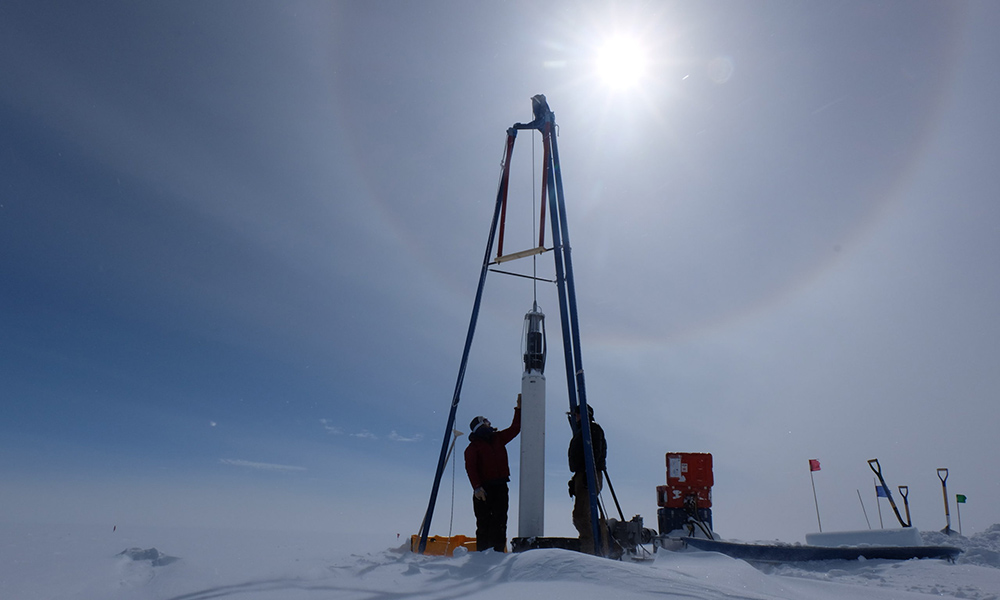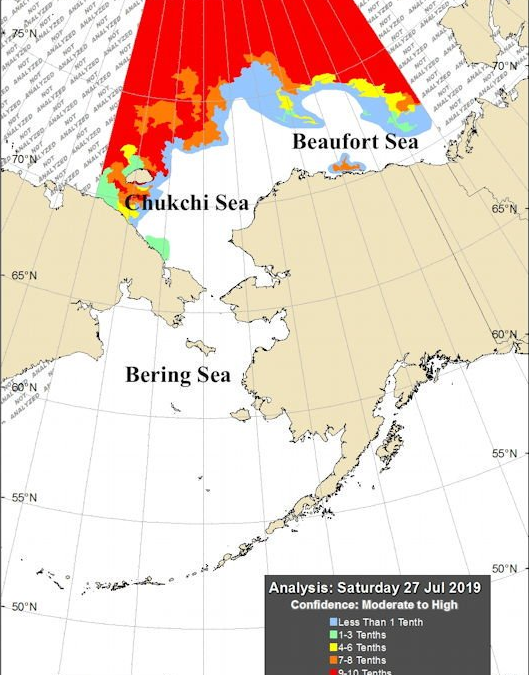Photo gallery: Striking images from the 2019 Environmental Photographer of the Year competition – “Climate change is the defining issue of our time and now is the time to act”
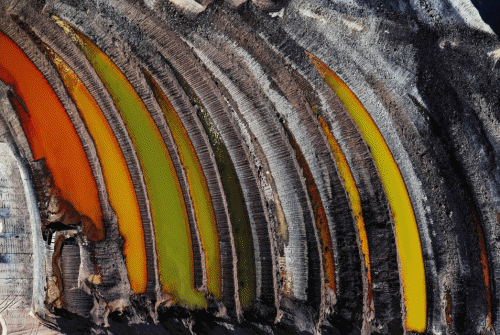
23 September 2019 (CIWEM) – The CIWEM Environmental Photographer of the Year exposes the terrible impacts being wrought on our planet by humans, but also celebrates humanity’s innate ability to survive and innovate, lending hope to us all that we can overcome challenges to live sustainably. [See all of the submissions: Environmental Photographer of the Year Gallery –Des]
The competition supports the urgent calls to action of the United Nations Sustainable Development Goals and recognises the intricate interconnected nature of development, poverty reduction, climate action and the unprecedented effort from all sectors of society needed to tackle the defining issues of our time.
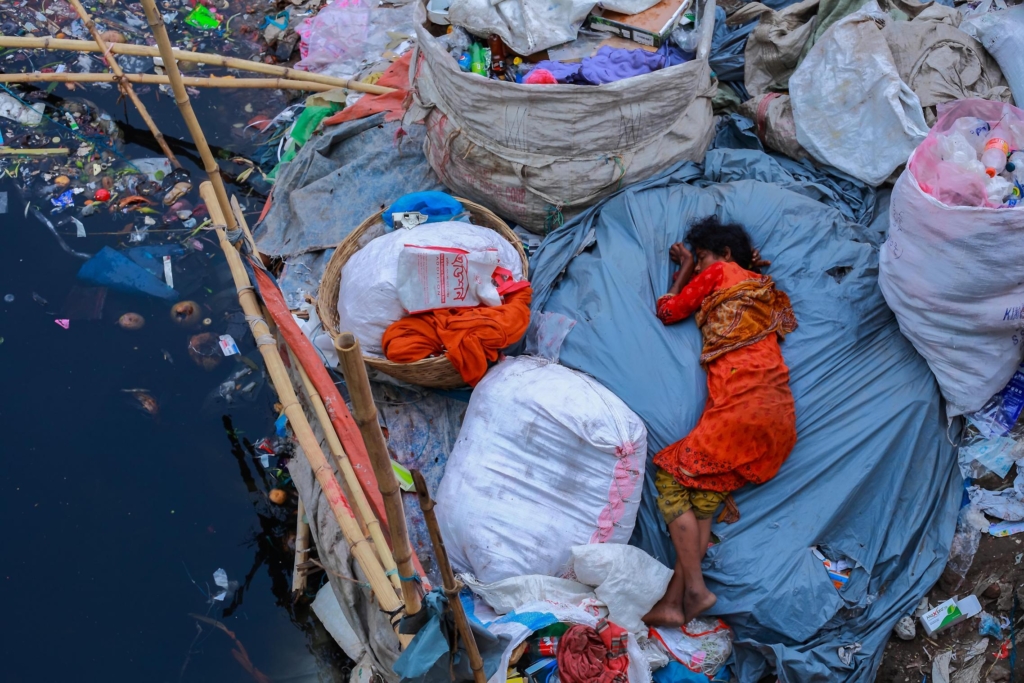
This competition is run by CIWEM and is proudly supported by the UN Environment, Arup and Olympus UK.
Terry Fuller, CIWEM chief executive said, “Climate change is the defining issue of our time and now is the time to act. We need to see action from all sectors of society. This competition showcases the reality of how people are being impacted by the climate all around the world and aims to spread an important message worldwide to inspire big change.”
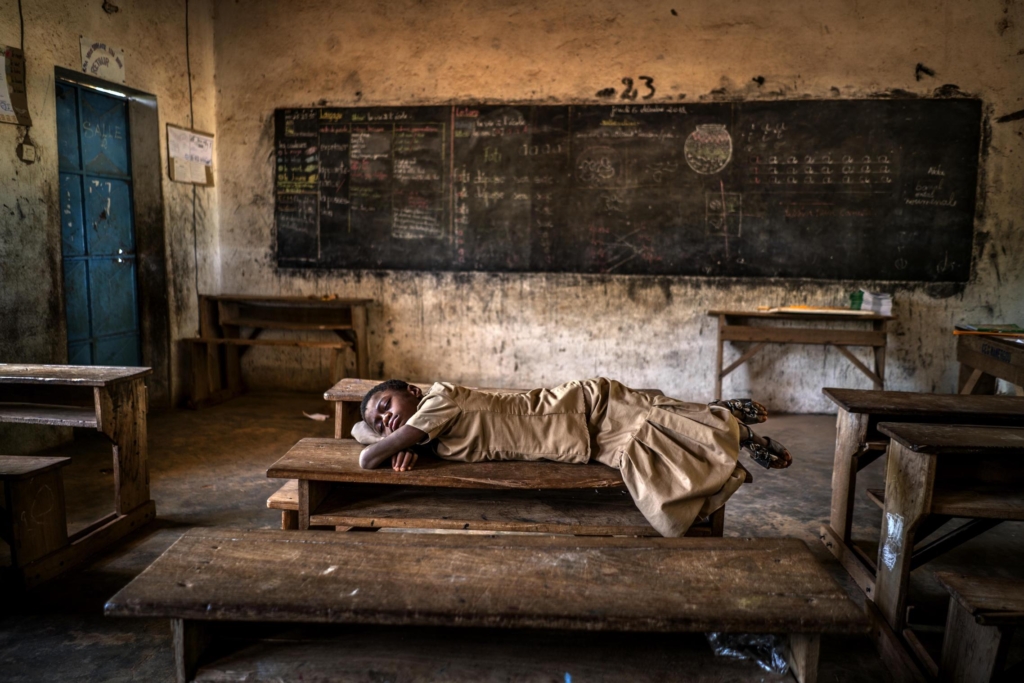
The winners have been announced alongside the UN Climate Action Summit taking place in New York today. The summit aims to showcase a leap in collective national political ambition and demonstrate big movements in the real economy.
These winning photographs reveal the raw reality of how people and wildlife are struggling with the impacts of climate change all around the world. This award exists to inspire change from political leaders, decision makers, and the general public.
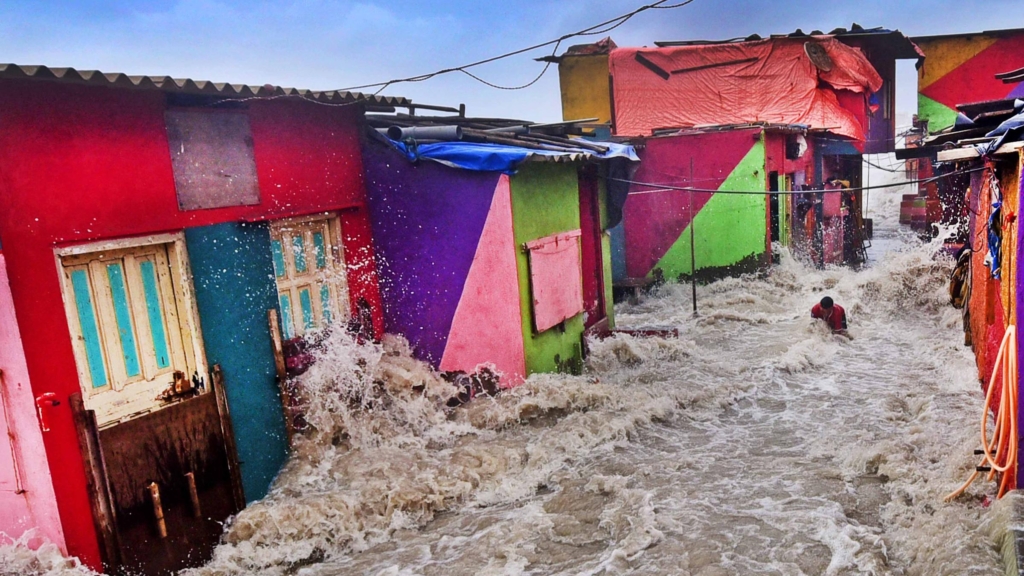
“High Tide Enters Home” by SL Shanth Kumar
This image, “High Tide Enters Home”, won photographer SL Shanth Kumar the overall Environmental Photographer of the Year 2019 award from the Chartered Institution of Water and Environmental Management (CIWEM).
A victim of climate change: A huge wave lashed at a shanty town in Bandra, Mumbai, throwing a 40-year old fisherman out of his home. He was pulled in by the strong currents, and was rescued by fellow fishermen. The reclaimed city of Mumbai is facing an increased risk of coastal flooding as a result of climate change. The city’s land and sea temperatures have been rising causing a corresponding impact on the sea level.
SL Shanth Kumar said “I believe change is a constant phenomenon. Today this change is manifesting in the form of climate change. As a photojournalist, I am seeing it all unfurl before my eyes. I have seen drought, excessive rain, summers getting hotter and winters getting colder. I believe this change is not good and we need to act now otherwise it will impact the generations to come.”
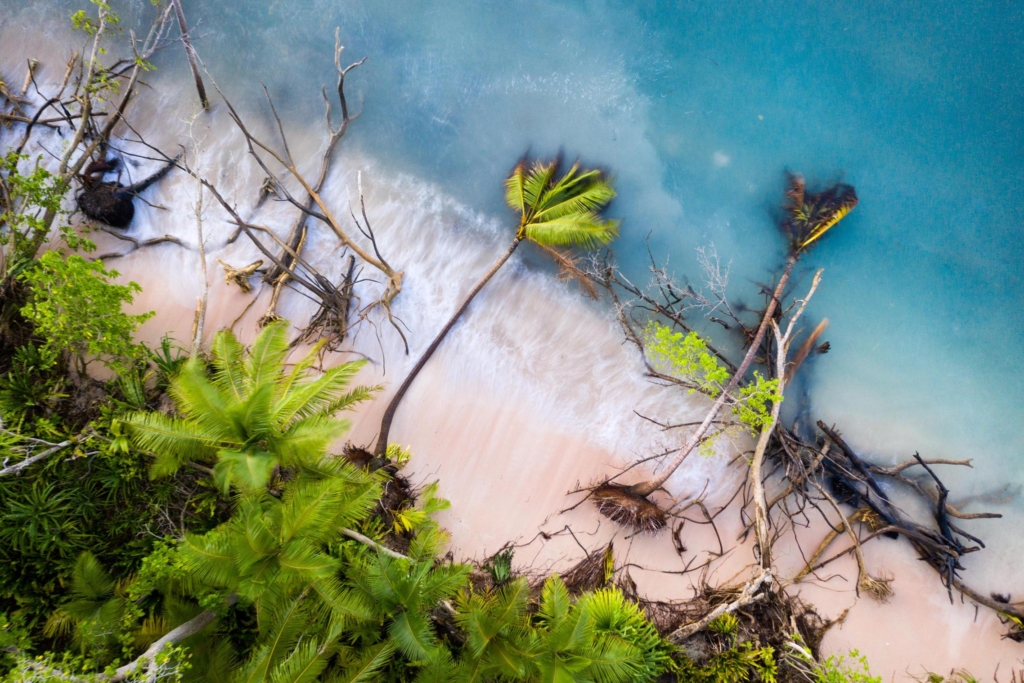
“Tuvalu Beneath the Rising Tide” by Sean Gallagher
This image, “Tuvalu Beneath the Rising Tide”, won photographer Sean Gallagher the award in the “Changing Environments” category. It shows an aerial view of fallen trees on a beach as the waves from the Funafuti lagoon in Tuvalu lap around them. Land erosion has always been a problem for the country, but problems are intensifying as sea levels rise. Rising seas are on the verge of submerging the tiny archipelago’s islands completely under water.
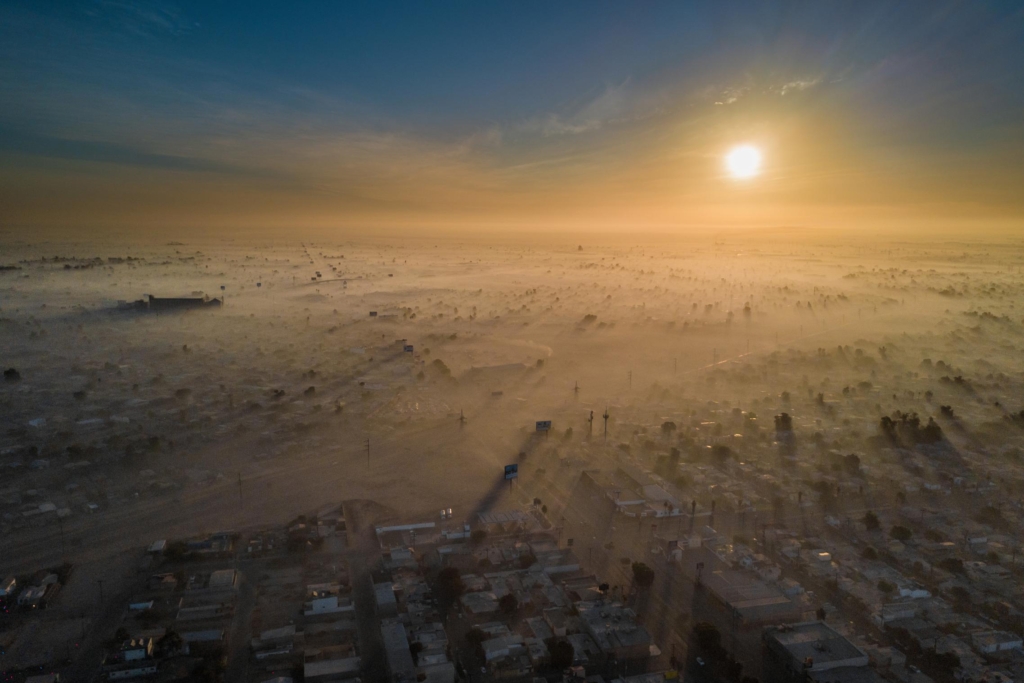
“Polluted New Year” by Eliud Gil Samaniego
This image, “Polluted New Year”, won photographer Eliud Gil Samaniego the award in the “Sustainable Cities” category. It shows an aerial view of sunrise over Mexicali in Baja California on 1 January 2018. Mexicali is one of the most polluted cities in the world because of pyrotechnics, climate change, geographic location, industry and cars.
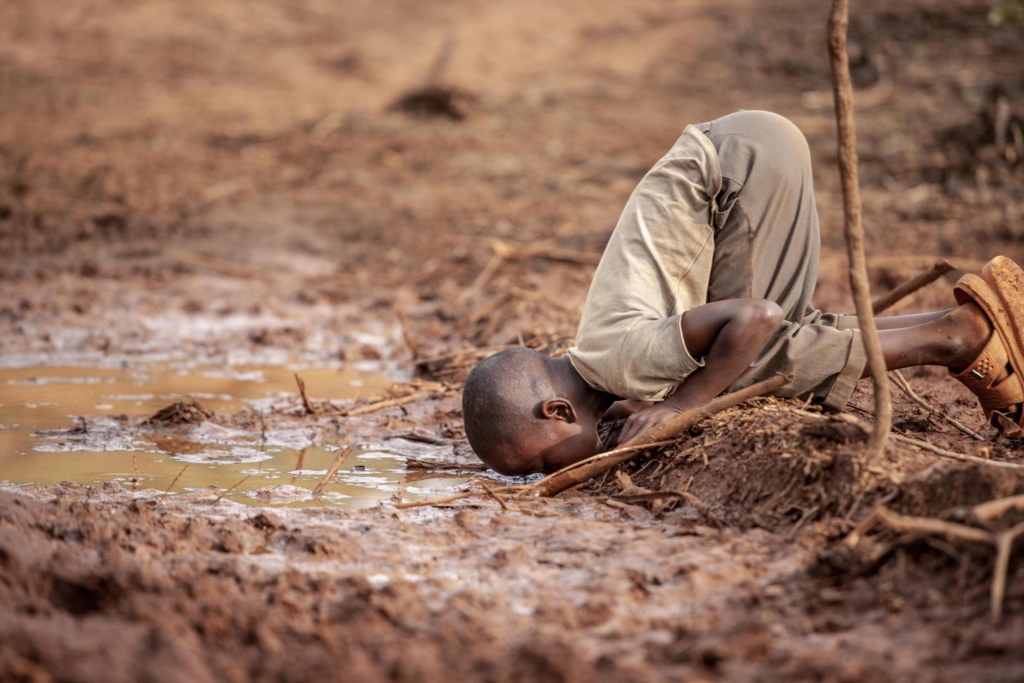
“Water Scarcity” by Frederick Dharshie Wissah
This image, “Water Scarcity”, won photographer Frederick Dharshie Wissah the award in the “Water, Equality, and Sustainability” category. It shows a young boy in Kakamega, Kenya drinking dirty water from a stream, due to lack of water points in the area, which has occurred due to deforestation. There is a lack of access to clean water in the area, which greatly increases the risk of diarrhoeal diseases as cholera, typhoid fever and dysentery and other water-borne tropical diseases.
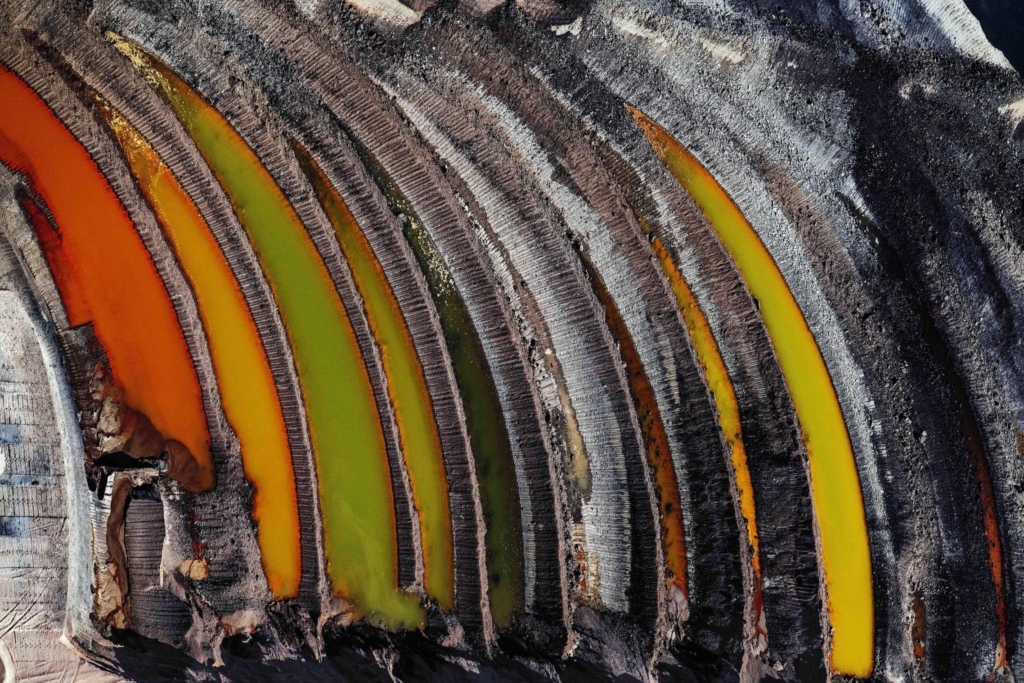
“Remains of the Forest” by J. Henry Fair
This image, “Remains of the Forest”, won photographer J Henry Fair award in the “Climate Action and Energy” category. It shows an aerial view of the Hambach Forest, which was nearly 12,000 years old when it was bought by a power company to dig for the brown coal buried underneath. The ancient forest was once the size of Manhattan. Now only 10 percent of it remains. Photo: J Henry Fair
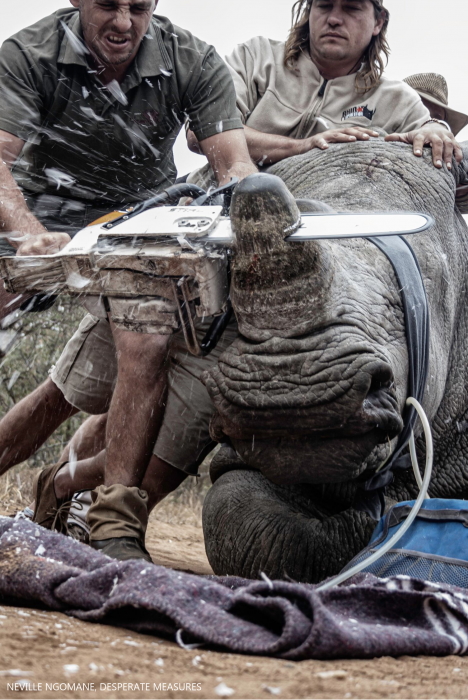
“Desperate Measures” by Neville Ngomane
This image, “Desperate Measures”, won photographer Neville Ngomane the award in the “Young Environmental Photographer of the Year” category. It shows a rhino being de-horned in an attempt to protect it from being poached. With the current severe level of poaching, experts recommend that rhinos should be dehorned every 12-24 months to effectively deter hunters. The photographer left the comment “This was not an easy watch.” Photo: Neville Ngomane
Contact
- Sarah Farache, Press and Communications Officer, 020 7269 5820, sarah.farache@ciwem.org
Striking images from the 2019 Environmental Photographer of the Year revealed
